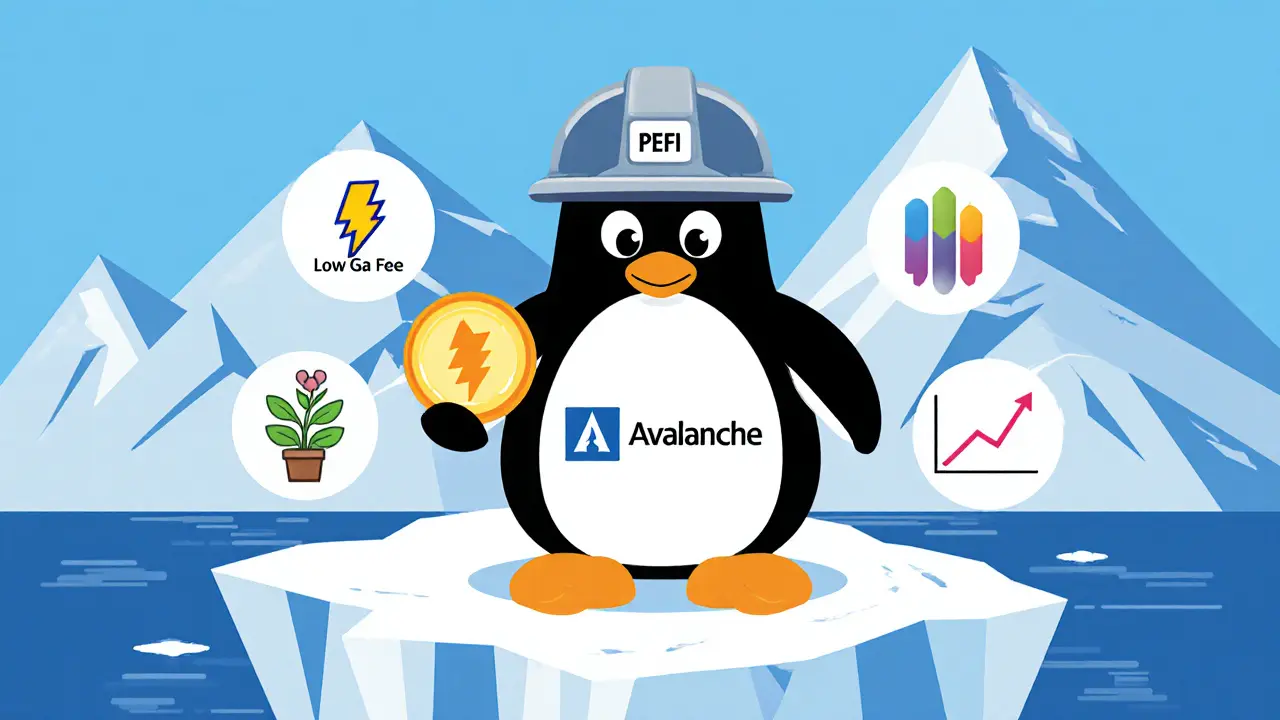Yield Farming: How to Earn Passive Crypto Returns
When working with Yield Farming, the practice of earning rewards by locking digital assets in decentralized finance protocols. Also known as Liquidity Mining, it lets participants capture transaction fees and newly minted tokens. In the fast‑moving world of DeFi, a network of open‑source financial services built on blockchain, yield farming has become a go‑to method for boosting portfolio yields. The core engine behind the process is a Smart Contract, self‑executing code that enforces the rules of a liquidity pool without a middleman. Understanding how these contracts interact with Tokenomics, features like inflation rate, reward schedule, and fee structure is crucial before you commit capital.
Key Concepts and Risks
At its heart, Yield Farming combines three elements: liquidity provision, reward distribution, and risk management. Liquidity provision means you supply assets to a pool, and the pool’s tokenomics dictate how much you earn. High APY numbers can be tempting, but they often hide impermanent loss – the value dip you experience when the price of supplied tokens diverges. Another hidden cost is exposure to smart‑contract bugs; a single exploit can drain a pool in seconds, as seen in several flash‑loan attacks. To keep losses in check, many farmers diversify across protocols, monitor on‑chain metrics like the MVRV ratio, and use tools that alert them to sudden changes in pool health.
Our collection below pulls together practical guides, platform reviews, and risk‑focused analyses that match the topics mentioned above. Whether you’re curious about flash‑loan providers, want a step‑by‑step airdrop claim that can boost your farming capital, or need a clear breakdown of tokenomics for new projects, the articles provide actionable insight. Dive in to see how DeFi tools, smart‑contract security, and solid tokenomics can turn a simple liquidity deposit into a sustainable income stream.


